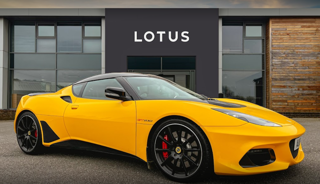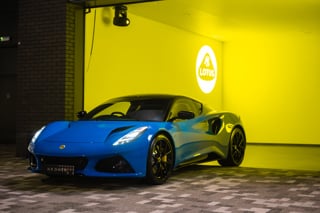Confidentiality clauses prevent the Norfolk engineers talking about their work, so we only occasionally hear of their triumphs – like the Vauxhall VX220 Lotus built for GM, or the aluminium chassis system it developed for the seminal Aston Martin Vanquish.
Chairman Mike Kimberley is gentlemanly discreet about his manifold clients, noting merely that “there is only one well-known Japanese firm that we don’t work with – otherwise, we work for every carmaker out there.”
He reveals that Lotus is developing five hybrid production cars and seven electric vehicles (best-known is the much-delayed Tesla sports car) for third party clients.
A few years ago, 97% of the group’s engineering work was for parent company Proton and 3% for third parties – today, that ratio is reversed.
So is business booming at Hethel? Yes. The company is recruiting more staff to swell its 1,400-strong ranks, up from a low of 980 this time last year.
The annual results are now written in black ink, sales are holding up at around 3,000 a year (a third of them in America), and a suite of new products is in the pipeline to ease the firm’s reliance on the sublime but niche interest, Elise.
The visible side of the business is Lotus Cars – and we’ll finally see the first all-new model since the original 1995 Elise this summer.
Dubbed Project Eagle, the 2+2 sports car will be unveiled at the London Motor Show and go on sale as a poor man’s 911. And next year we’ll finally see the new Esprit. Lotus is on a roll.

















Login to comment
Comments
No comments have been made yet.